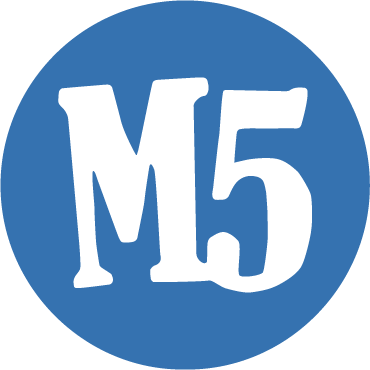Securing the cabinets…
As you all know, M5 is constantly running out of supplies (which we love because it shows that alot of projects are being made) but we’re not always able to account for where they’re going. To make sure there are supplies for everyone that wants them, we decided to come up with a system to secure the shelves
the vision:
an acrylic sheet covering the cabinet with sensors on both sides detecting if the sheet has been removed. There would also be an RFID scanner below so a staff member can scan so they’re allowed to remove the sheet. The system also has an alarm, an LCD display and LED lights to all signal if the sheet can be put on and off.
execution:
So we as staff + baird brainstormed how we could actually get this to work.
the initial plan was to have the sheet secured with magnets and a hall effect sensor to detect if the sheet was on or off.
So I got to work on creating a demo for this.
(which i forgot to video so here is a video from the early prototyping)
^ this video shows the system allowing access for approved cards and denying access for unapproved cards
to create this I used an Arduino, MiFare RFID Scanner, and the Arduino IDE. (I used this youtube tutorial: https://www.youtube.com/watch?v=lg8HRY8q004)
To connect the hall effect sensors - I used the SS40A sensor which we have here at M5. I used their datasheet to hook it up!
For the actual model of it (which was spearheaded by Tobe - thank you) , we experimented with multiple different designs however finalized on one that looks like this:
He then created a cad model using FreeCad and printed it out.
After discussing with Baird + team, we decided to switch to limit switched instead.
So then I worked on creating a complete demo using an LCD, Peizo Buzzer, Leds, and Limit Switches. Here is a probably the shakiest and least clean video you will watch, please be patient with me I only have 2 hands and needed to do alot (the 3d printed shelf didn’t sit fully onto the limit switches because we dont have magnets small enough, so I needed to press down constantly)
For the code, I used state machine logic which we learned about in ECE 241.
Logic:
So, when the limit switches are closed and the approved card has not been scanned/no card has been scanned -> red LED, LCD Display ‘access not granted’, Buzzer Off.
when either of them or both are released and the incorrect card is scanned/no card is scanned -> red LED, Buzzer On, LCD Display Access not granted
State Machine: if the correct card is scanned and the limit switches are closed (the LCD Displays access granted, green LED, Buzzer off), it waits for the switches to be released. When the switches are released, all of the features stay the same, until the either or both are closed again which triggers the closed state.
In the above video, I also added a timer to also trigger the closed state in case someone forgets to put the sheet back on. I have taken this out since due to Baird’s recommendation.
Github code
Now comes the physical aspect:
We decided to use wood and nails to create the a raised area for the sheet to hang off of, since we can’t really drill into the plastic. This poses as sort of a challenge because every cabinet is different — some of them have a lip, some of them are flat, some of them have raised ridges. However, we will probably tackle them on a case by case basis since this new feature is only for a few cabinets.
Our guinea pig cabinet is PW-02-D for Encoders which has a flat top.
Baird wanted me to use pine wood so I fished some from the machine shop and got to work.
First, I measured the width of the cabinet and used a hand saw to make the cut. I then measured where the nails would go in and used a hand drill (thank you Q for all the help with woodworking!) to screw in M5 screws (get it).
^ thanks Anaika for this picture! (I’m not exactly working with wood in this picture, but you get the gist)
I also epoxied the slab of wood with the nails drilled in to the shelf.
For the acrylic sheet, I went to ACM to find an acrylic we could laser cut for a demo. While I was there, I learned a ton about acrylic vs polycarbonate. I also learned the chip test to tell the difference - polycarbonate will bend but acrylic will chip.
I used inkscape for the first time to create the file to laser cut. I made the holes for the screws pretty big + the sheet was about half of the size of the shelf so it looked super wonky. However, the point of this is to try so I went ahead with it anyway.
Unfortunately, I had to leave before I could put all the pieces together, so this is where we are at!
I will be coming back in the fall to complete this project!
Thanks for reading this far and let me know if you have ideas/suggestions/comments/questions etc!






